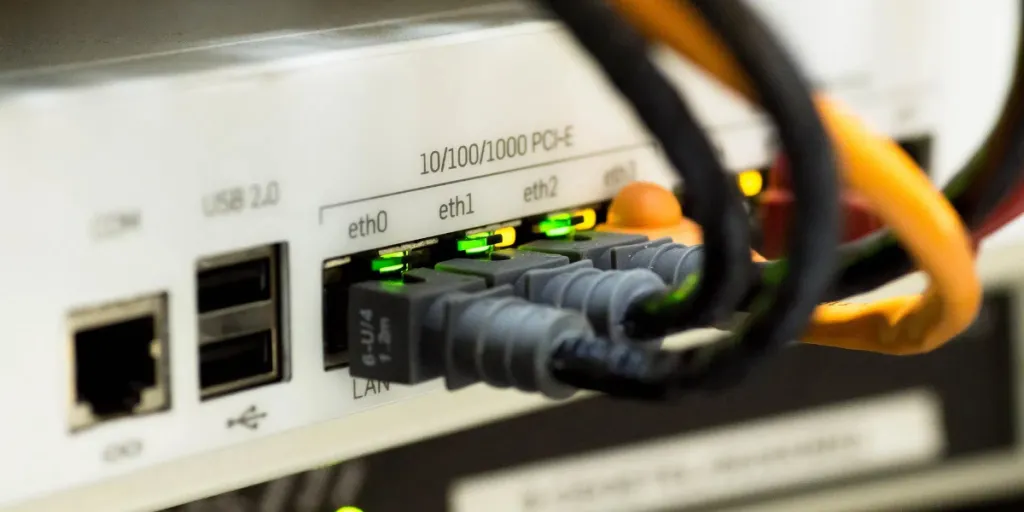A communication cable is a type of wire or cable used to transmit many types of information, including voice, images, video, and data. It consists of one or more insulated wires that are encased in one or more protective layers. Wires are usually made of copper or aluminum.
Communication cables are an indispensable part of the modern communication system, as the make the exchange and sharing of information efficient and convenient.
Read on to discover everything you need to know to ensure you are selecting the best communication cables on the market for your buyers in 2024!
Table of Contents
Communication cable market overview
Understanding communication cables
Common types of communication cables
Challenges in the communication cable industry
Selection recommendations
Summary
Communication cable market overview
The communications and data cable market is expected to grow from US$ 19.18 billion in 2022 to US$ 45.37 billion in 2032, with a compound annual growth rate (CAGR) of 8.51% during the forecast period. According to the latest ranking of global wire and cable manufacturers released by the APC industry association, Chinese enterprises occupy 11 of the top 20 worldwide wire and cable manufacturers in 2021, indicating that the international competitiveness of Chinese enterprises has improved.
The wire and cable industry, following the automobile industry, is the second largest industry in China, with a product satisfaction rate of more than 90%. The total output of China’s wire and cable has exceeded that of the United States worldwide. Hence, China has become the world’s largest wire and cable producer.
As China’s power industry continuously expands, the demand for wire and cable will also increase rapidly. This means that the potential for future development of the wire and cable industry is huge.
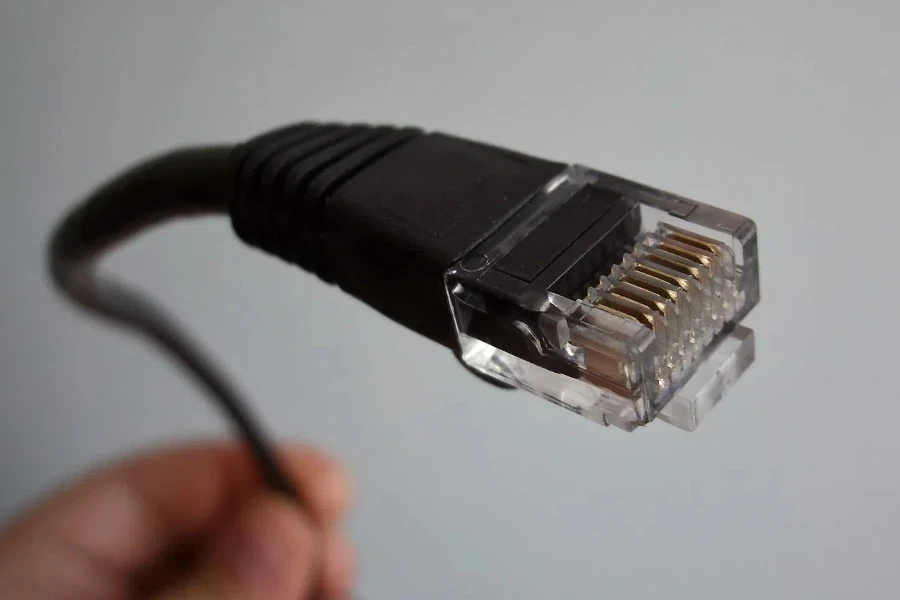
Understanding communication cables
Communication cables play an important role in transmitting data, and some basic parameters will be explained in detail below. You can learn more about the product through these parameters.
1. transmission performance parameters
Bandwidth: refers to the frequency range over which a cable can effectively transmit a signal, usually in Hertz (Hz). The larger the bandwidth, the higher the amount and speed of data that can be transmitted.
Attenuation: When the signal is transmitted in the cable, there is a loss of energy, and the attenuation indicates the degree of weakening of the signal during transmission, which is generally measured by decibels/unit length (dB/m or dB/km).
Crosstalk: Mutual interference of signals between adjacent lines, usually expressed in decibels. Too much crosstalk will affect the quality and accuracy of the signal.
Signal-to-noise ratio: The ratio of signal power to noise power in decibels. The higher the SNR, the better the signal quality.
2. Electrical parameters
Characteristic impedance: The characteristic resistance of the cable to the current, usually a fixed value, such as 50 ohms, 75 ohms, etc. The matching of characteristic impedance is very important for the stability and integrity of signal transmission.
Capacitance: Capacitance per unit length of a cable, expressed in F/m.
Inductance: The inductance of a cable per unit length, expressed in H/m.
3. Physical parameters
Outer diameter: The outer diameter of the cable, usually in millimeters (mm). The outer diameter affects the installation and wiring space of the cable.
Weight: The weight of the cable per unit length, expressed in kg/m. It is of great significance to the design of the support structure when the cable is overhead or laid.
Sheath material: The outer material that protects the internal structure of the cable, such as polyethylene, polyvinyl chloride, etc., whose characteristics affect the wear resistance, corrosion resistance, and fire resistance of the cable.
4. Environmental parameters
Operating temperature range: The temperature range at which the cable can work normally is usually expressed in degrees Celsius.
Moisture resistance: indicates the performance of the cable in a humid environment.
At the same time, brand and product standards, as well as their appearance and size, are also important.
| AN EXAMPLE OF COMMUNICATION CABLE PARAMETERS | |
| Model number | UTP5 |
| Type | Cat 5e |
| Place of origin | Guangdong, China |
| Number of conductors | 8 |
| Key words | UTP cat5 cable |
| Type | UTP Cat 5e |
| Conductor material | CCA/CCAE/BC |
| Twist | 4 Pairs, 8 cores |
| Conductor size | 24 AWG/26 AWG |
| Insulation material | HD-PE |
| Certified transfer rate | 10/100/1000 Mbps (1000Base-T Gigabit) |
| Outer jacket | 75 Degree PVC/LSZH |
| Package | 305M/Box (According to requirements) |
| Jacket color | As your request |
| Model number | UTP5 |
Common types of communication cables
Communication cables are insulated cables used to transmit electrical information (such as telephone, telegraph, fax documents, television and radio programs, data, etc.), which is rich and diverse and can be classified according to different classification standards.
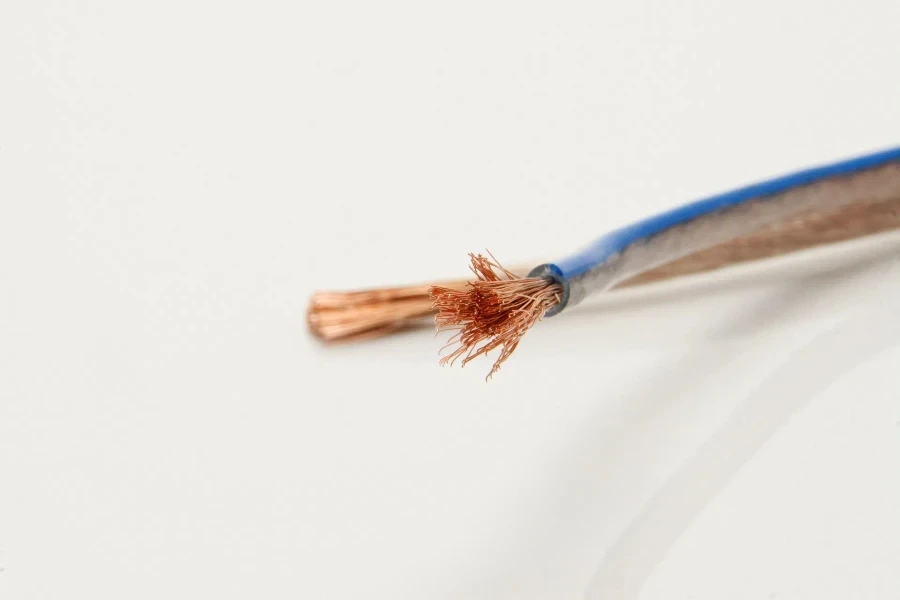
1. Classification by structure
Symmetrical cable: composed of two wires that are exactly the same under ideal conditions, the loop is divided into high frequency and low frequency. The transmission frequency of symmetric high-frequency cables is suitable for long-distance communication. Low-frequency symmetrical cables are suitable for communication over shorter distances.
Coaxial cable: The inner and outer conductors on the same axis form a loop. The outer conductor surrounds the inner conductor, and the two are insulated. Coaxial cables are widely used in TV, broadband, and other fields because of their long transmission distance, signal stability, and popularity.
Fiber optic cable: A cable that uses the principle of total light reflection in a glass or plastic fiber for signal transmission. Fiber optic cables have the advantage of fast transmission speeds, a large capacity, and strong anti-interference ability, which is why they are an indispensable part of modern communication networks.
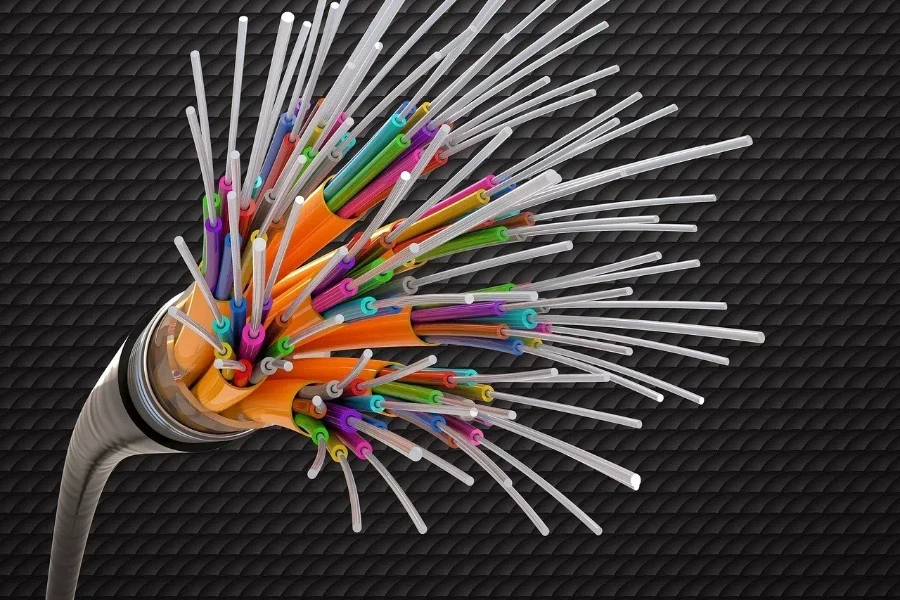
2. Classification by function
Local communication cable: Communication cables used for a local communication network, such as a telephone cable or broadband cable. Urban communication cables are generally installed in pipelines; some are attached to buildings or installed overhead.
Long-distance communication cable: Communication cables used for long-distance communication between cities. Long-distance communication cables have a long transmission distance and are generally reused; most of them are directly buried underground, and in a few cases, they are installed overhead or in pipelines.
Office cable: These are used to connect an office distribution frame to a rack or between racks. The office cable is generally installed on the distribution frame, and some are installed in the cable trough, which is used for the internal connection between the transmission equipment and the switching equipment in the telecommunications office and other intra-office equipment.
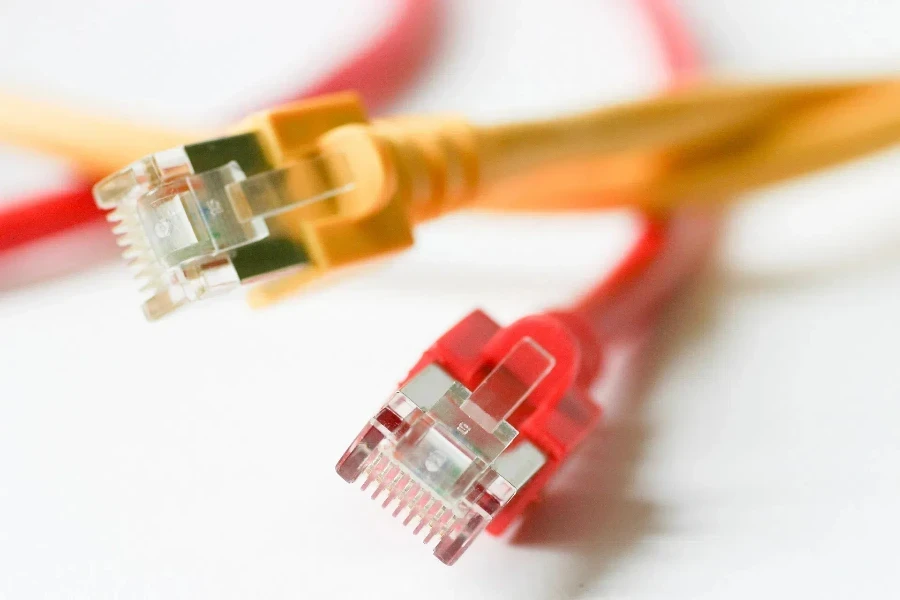
3. Classification according to other criteria
Layered cable: A cable in which many lines are arranged in concentric layers to form a cable core.
Unit cable: A number of wire groups bundled or concentrically twisted to form a unit, and then twisted into a cable core cable.
Rf cable: A cable used as a feeder to transmit and receive antennas of radio stations or as a connection line for various RF test equipment.
Telephone cord: A flexible wire used to connect telephone equipment.
Integrated communication cable: A communication cable having one or more main groups of lines whose structure is distinct from other groups of lines.
4. Classification by laying method
Communication cables also have a variety of laying methods such as overhead, direct burial, pipeline, and underwater to adapt to different environments and needs.

Challenges in the communication cable industry
The communication cable industry has also encountered a series of problems that needed to be solved.
First of all, electromagnetic interference and signal attenuation problems can not be ignored. During the operation of electronic equipment such as ships and power systems, electromagnetic interference will seriously affect the signal transmission quality of communication cables.
According to data, nearly 10% of ship communication failures are caused by electromagnetic interference. Not only does this result in reduced signal transmission quality, which can lead to communication disruption or data loss, but it also increases system maintenance and repair costs and reduces overall performance.
Secondly, unqualified material quality is another serious problem. If poor quality optical cable materials are used, this can easily lead to optical cable breakage, poor signal transmission, and other problems, not only increasing the failure rate of the optical cable and affecting the stability and reliability of the communication system but also increasing the replacement and maintenance frequency of the optical cable, increasing the cost.

Selection recommendations
This blog aims to help suppliers understand the importance and complexity of communication cables to make more informed purchasing decisions.
In order to do so, first, one needs to clarify the overall needs:
- Determine the usage scenario: For example, whether it is for home networking, corporate office networking, industrial control, or long-distance communication.
- Consider transfer rate and bandwidth requirements: Estimate the required transfer speed and bandwidth based on the type of data to be transferred.
- Determine transmission distance: Long-distance transmission may require cables with lower attenuation and better signal compensation capabilities.
Second, understanding the cable type is vital:
- Twisted pair: Common in Ethernet networks, such as CAT5, CAT6, etc., the price is relatively low and suitable for general short-distance network connections.
- Fiber optic cable: Suitable for high-speed, long-distance, and bandwidth-demanding applications but relatively complex and costly to install and maintain.
Last, pay attention to performance parameters:
- Attenuation characteristics: Select cables with low attenuation in the operating frequency range to ensure signal strength.
- Crosstalk and noise suppression: Low crosstalk and high SNR guarantee signal quality.
Summary
Communication cables are the key link in the transmission of information. In this highly connected era, your daily telephone communication, video calls, or data transmission and file sharing between enterprises all rely on communication cables to achieve stable, fast, and accurate information transfer.
By delving into the basics, common types, and market dynamics of communication cables, we aim to broaden your understanding of this vital component and assist you in selecting the best options the market has to offer.
And finally, to browse communication cables online from a range of trusted suppliers, head to Alibaba.com.
